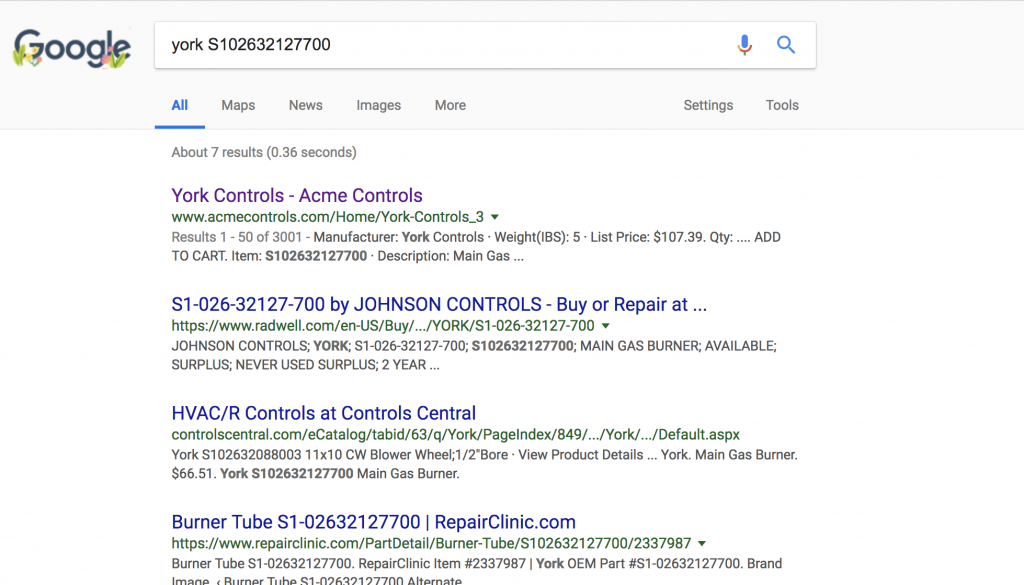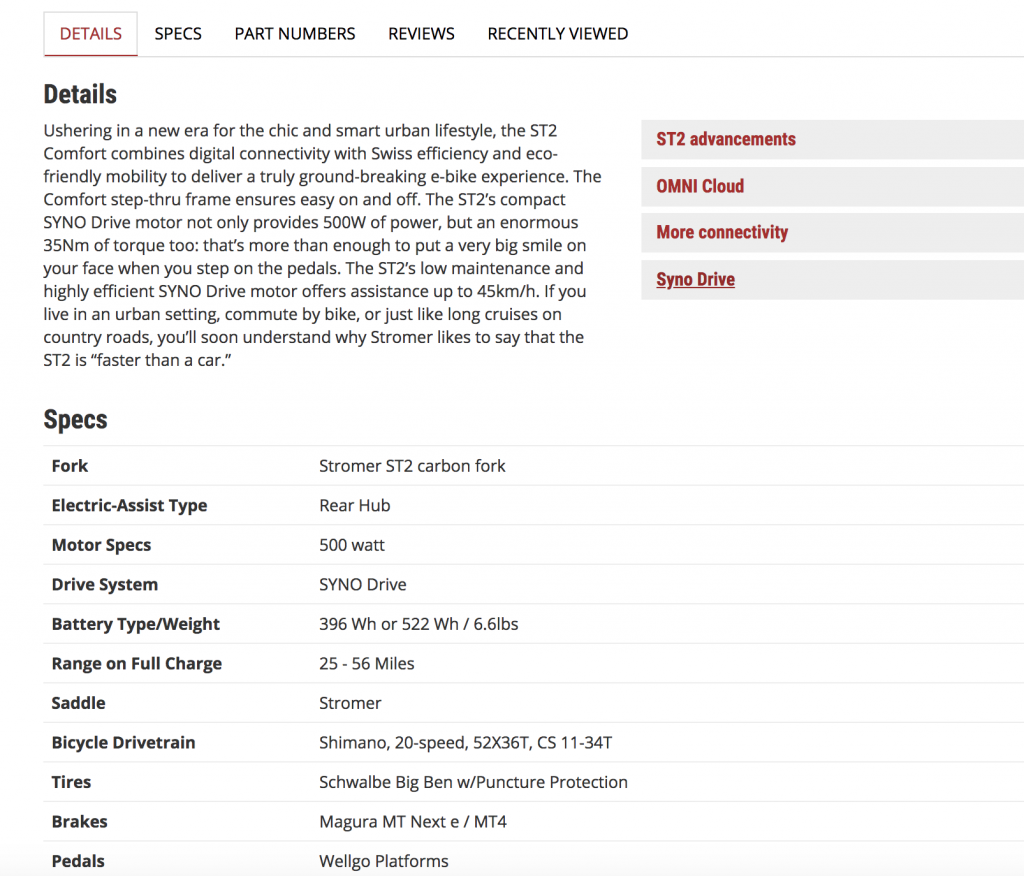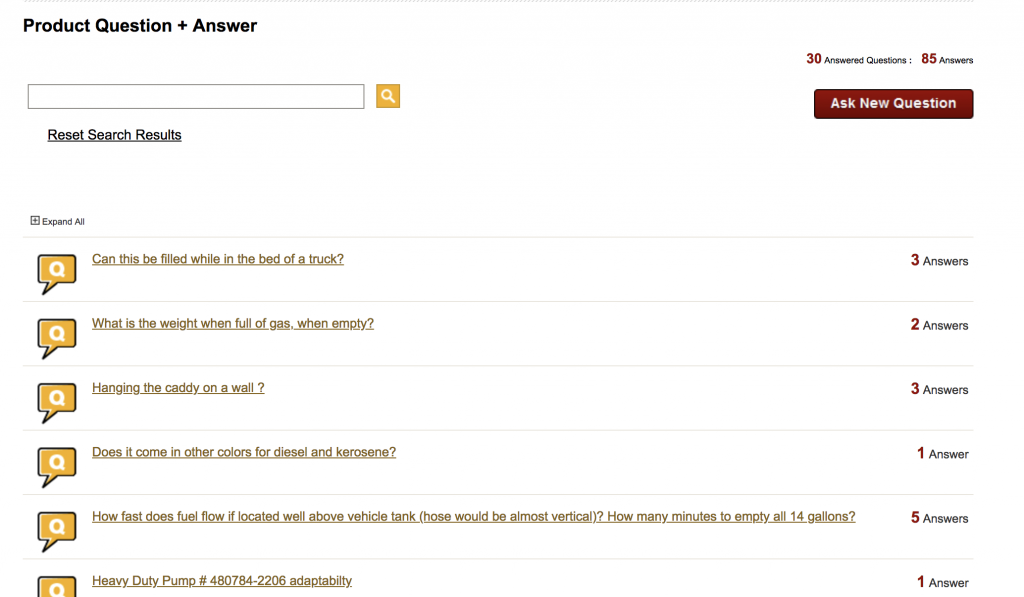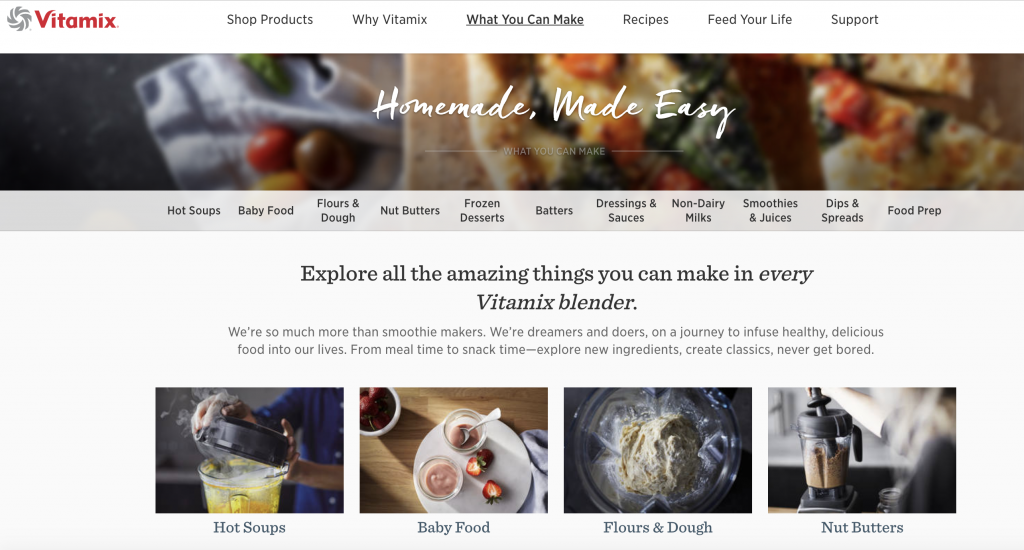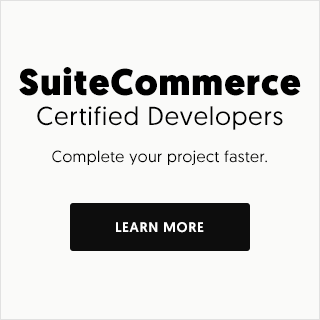Customers don’t always know precisely what they’re looking for. Even when they do, they may not have the precise words to lead them to the final product they have in mind. That means you need to give your online store the SEO context to help them out.
Understand your audience’s knowledge level
If you sell highly technical products, they carry a lot of terminology around with them. Your product descriptions, titles, and helpful specs sections need to include those technical terms for good SEO. But you need to add generalized terms and descriptions, too.
Easy ways to do that include:
1) Using bullet points. When you have to include a lot of information on a page, search engines are still going to measure the page’s scannability. So make it easy to read.
2) Adding specific terms and then describing them. Just like these bullet points, there’s a short phrase. But then there’s a more in-depth explanation. This structure lets you fit in both technical search terms and general terms so you match more queries.
3) Creating a Q&A section. This lets you speak in the customer’s voice and your own voice. Use the questions to capture the most likely queries word for word, then answer them. You can capture long-tail keywords and direct visitors so they’re just a click away from your shopping cart.
Prioritize your target market
Some tactics let you address both technical audiences and general consumers. But take the time to separate your market, too. Not every page has to be a perfect fit for anyone.
Create one landing page for one customer persona and another for your second main demographic, even if you’re trying to sell the exact same thing. Use technical knowledge with one social media post and general terms on another. Content needs to be perfectly matched to searchers, even if it reaches fewer searchers at a time.
Tips for optimizing your website using keyword intent
The idea behind website optimization using keyword intent is establishing the reason prompting a particular search, which results in increased traffic. Here are tips on how you can leverage keyword intent.
Consider Use of Transactional Keywords
Most marketers underestimate the impact of using transactional keywords on contact pages and service pages for website optimization purposes. The truth is that leveraging the power of transactional keywords by including them at the bottom of the funnel pages can generate high-quality website traffic. Some of the transactional keyword phrases you can use to optimize your website include “Get in Touch,” your business name, or “Contact.”
Once you identify the right transactional phrase that encourages users to take action, you can include transactional keywords at the final stages of the buying cycle. Some of the transactional keywords you can consider using in your website include “[Category of business] Free Quote,” “Hire [Category of business],” “[Category of business] for hire.”
Consider Leveraging High Intent Non-Transactional Keywords
The product page is probably the most valuable resource for anyone targeting individuals with a transactional intent. Focusing on your website product page as the only asset for converting sales may deny you an opportunity to capture leads and future customers. Launching landing pages that focus on high intent non-transactional keywords can increase traffic to your website.
For instance, users searching “types of blenders” are probably not ready to buy immediately, but they are prospective clients. Dedicating landing pages for users who are yet to make a purchasing decision will help you establish a rapport with them, which will result in more conversions.
If you need more information on tips for optimizing your website using keyword intent, contact us today!


